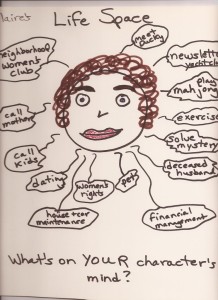Have you ever written yourself into a corner? Have you progressed at least midway through your story and then realized your hero is going down a black hole and you don’t know how to get him out?Recently, I found myself in this situation. In my synopsis, which acts as my writing guideline, I was up to the part where the hero, Lord Magnor, goes to the underworld to obtain a sacred book stolen by Hel, Queen of the Shades. To get there, he has to die. Circumstances with the heroine make him despair of their future together, and so he takes a poison pill that another character has given him.
Here is what my synopsis said:
He awakens underground in front of an iron gate. This leads to a gold-paved bridge that crosses the river Gjoll. Beyond is Helheim, where Hel resides. A giantess guards the gate and asks him for the password. If he fails to give the right answer, she’ll toss him in the river and it will carry him to the land of fire and eternal torment.
Magnor figures out a way past and meets Hel. She isn’t willing to give up the Book of Odin, not even for the mead he’s brought. So he creates a diversion and steals the sacred book.
Now this presented several problems. How does he get past the giantess when he fails to give the right password? How does he get into Hel’s palace? What kind of diversion does he create, and how does he steal the ancient relic?
I printed out these questions and sat on my “thinking couch” until the answers came to me. First of all, if he fails to give the right password, the giantess won’t throw him in the river. Instead, she’ll doom him to spend eternity in the company of other lost souls.
At that point, he has to find another way past the gate. He doesn’t have any cutting tools or acid to break in at some point farther down the line. And even if he could do so, how would he cross the raging river? What he does have are his wits, so he eases into the shadows and cheats by climbing up the rocky wall lining the chamber and gaining access to the opposite bank that way. In other words, he goes up and over instead of across. It’s the Kobayashi Maru solution from Star Trek. If you’re in a no win situation, change the rules.
So what about confronting Hel? He decides upon a frontal approach, stating his business to the palace guards in such a confident manner that he convinces them to allow him an audience with the queen. I’m glossing over the details but suffice it to say he states his case to her and she refuses to comply. Now we need a distraction so he can steal the book that rests in a glass case.
In the story, I’ve already planted the seeds for this solution. He’s been given a magic horn that is supposed to sound a warning when the demon, Loki, is near. But what will happen if Magnor blows the horn within Hel’s palace? He does so, and glass shatters throughout the hall, including the case protecting the sacred book. He snatches the artifact as Hel’s minions surround him.
Now what? The heroine has been told she must obtain a golden apple from the Fae to revive him. But fairies aren’t part of Norse mythology, which my story is based on. Here is what my synopsis says:
Erika must return him to the land of the living. She realizes how much he means to her and won’t risk losing him. However, reviving him isn’t easy. Aware that she only has a certain window in which to resuscitate the warrior, she saves him just in time.
Okay, how does she save him? Anytime you leave things vague like this in your synopsis or writing outline, eventually you have to come up with the details. Again, I’d already sowed the seeds within the story. Erika, a descendant of Odin, has inherited some of his shapeshifter powers. She cannot change her own form, but she possesses the power to manipulate the earth.
Odin also had the “breath of inspiration”, and this reminded me of the breath of life possessed by the Mord Sith in Terry Goodkind’s Sword of Truth series. What if, instead of going to the Fae, Erika is inspired by the figurines of fairies she’s designed in her pottery studio? Fairies might not be real, but what about fairy dust? And so she uses her innate power to revitalize the hero with the magical dust she breathes into his mouth.
As you can see, whatever corner you back your hero into, if you’ve laid the proper groundwork for your story, the solution will arise from material you’ve already planted. So go ahead and gloss over these details in your selling synopsis, but be assured when you come to them in the story, the muse will help you fill in those plot holes. You can rewrite your synopsis accordingly.
So who else has backed a character into a corner, and how did you get him out?


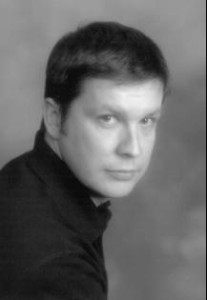

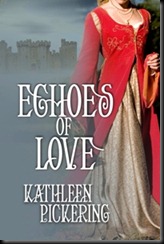




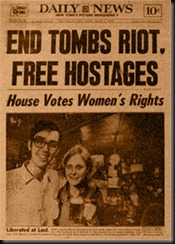

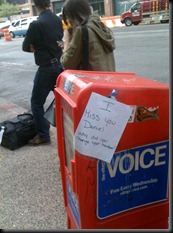
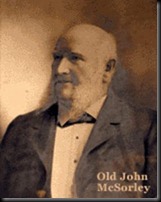

![102.86crowds[1] 102.86crowds[1]](https://killzoneblog.com/wp-content/uploads/2011/07/102.86crowds-25255B1-25255D_thumb-25255B1-25255D.jpg)

![200px-George_Spanky_McFarland[1] 200px-George_Spanky_McFarland[1]](https://killzoneblog.com/wp-content/uploads/2011/05/200px-George_Spanky_McFarland-5B1-5D_thumb.jpg)
